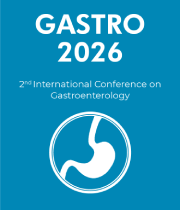Endoscopic Imaging
Endoscopic imaging is a type of imaging technology used to look inside the human body. It is a minimally invasive procedure that uses a narrow tube-like device, called an endoscope, to capture images of the inner lining of organs and other structures. The endoscope is inserted through a small incision in the patient's body and can reach hard-to-reach areas, such as the digestive tract, bladder, uterus, and other organs. Endoscopic imaging can provide detailed images of tissue and organs, allowing doctors to diagnose and treat medical conditions more accurately. Endoscopic imaging can be used for a variety of medical procedures, including diagnosing and treating cancer, examining the digestive tract, and performing biopsies. Endoscopic imaging can also be used to examine the gastrointestinal tract and identify areas of inflammation or infection. It can also be used to diagnose abdominal pain, detect abnormal growths, and assess the health of the liver, gallbladder, and pancreas. Endoscopic imaging can also help to diagnose a variety of digestive diseases, such as ulcers, Crohn's disease, and irritable bowel syndrome. Endoscopic imaging can be performed either as an outpatient procedure or in a hospital setting. The procedure typically takes an hour or less and is usually done under general anesthesia. During the procedure, the endoscope is inserted through a small incision in the patient's body and maneuvered around to capture images. The images are then sent to a computer for further analysis and diagnosis. Endoscopic imaging is a safe and effective way to diagnose and treat medical conditions. It is minimally invasive, allowing for minimal discomfort for the patient. It is also highly accurate and can provide detailed images of organs and tissues. Endoscopic imaging can help doctors diagnose and treat medical conditions more quickly and accurately, leading to better patient outcomes.



